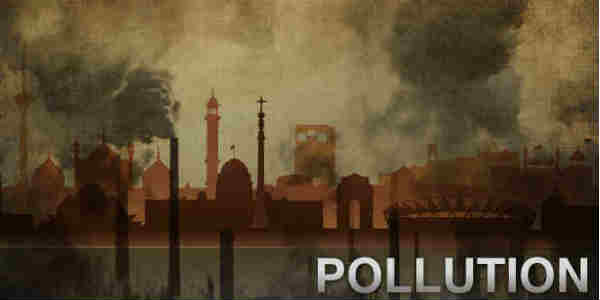
The Supreme Court-designated pollution watchdog recently implemented a Graded Response Action Plan or GRAP, which guarantees to make a strict move each time particulate matter or PM 2.5 concentration reaches "very poor" or "severe" levels in Delhi and the National Capital Region.
However, short-term emergency measures have not proven to be the long term solution for the deteriorating air quality in Delhi and the NCR region. Experts say that the warmer weather, lower stubble burning, and favorable meteorological circumstances have prevented the smog in Delhi and adjoining areas from looking as perilously polluted as it did last year, but this does not mean that air pollution is not a national emergency, now.
[yuzo_related]
It's a long-term issue. This is not something that can be done overnight with a small graded response action plan. In fact, a five-year plan of long-term measures is needed to seriously address air pollution.
These measures can include improving public transport and introducing electric buses, shutting down coal power plants and overhauling the waste management system.
According to the System of Air Quality and Weather Forecasting and Research (SAFAR), nine of the 10 monitoring stations across Delhi recorded "very poor" air quality, with pollutant PM 2.5 ranging between 313-366 units on Tuesday.
The unabated stubble-burning in Punjab and Haryana estimated to be around 35 million tonnes and was banned by the NGT in November 2015. However, farmers continued to burn paddy straw.
As per Delhi Environment Minister, aerial sprinkling is the only possible alternative to rapidly battle rising PM 2.5 and PM 10 levels.
According to Transport Minister, the Delhi government may bring back the odd-even plan to limit the number of cars on the road in view of the increase in pollution levels. Delhi Transport Corporation (DTC) and senior authorities of his ministry have been requested to be “fully geared up “for execution of the odd-even plan "as and when" it is announced.
Moreover, the Supreme Court on Tuesday restricted the use of petroleum coke - shoddy yet dirty fuel - in New Delhi's neighboring states.
The Supreme Court additionally ordered a ban on the utilization of furnace oil - a polluting refinery by-product - used in industries in the states of Haryana, Uttar Pradesh and Rajasthan beginning November 1.
Delhi encounters choking out smoke and haze (smog) each year around Diwali when farmers in North India burn the stubble crop residues and the cracker burning saga adds to the woes.
Additionally, the beginning of winter worsens the issue as the cooler air traps the pollutants, a phenomenon is known as inversion. Regardless of notices from a green court and environmental authorities, stubble-burning in Punjab and Haryana achieved extraordinary levels to additionally deteriorate the air quality in Delhi and the National Capital Region.
Meanwhile, dry and cold northwesterly winds blowing from Punjab and Haryana will continue for the next couple of days, further declining air quality in Delhi-NCR.
Image Credit: thecitizen.in
Any information taken from here should be credited to skymetweather.com
